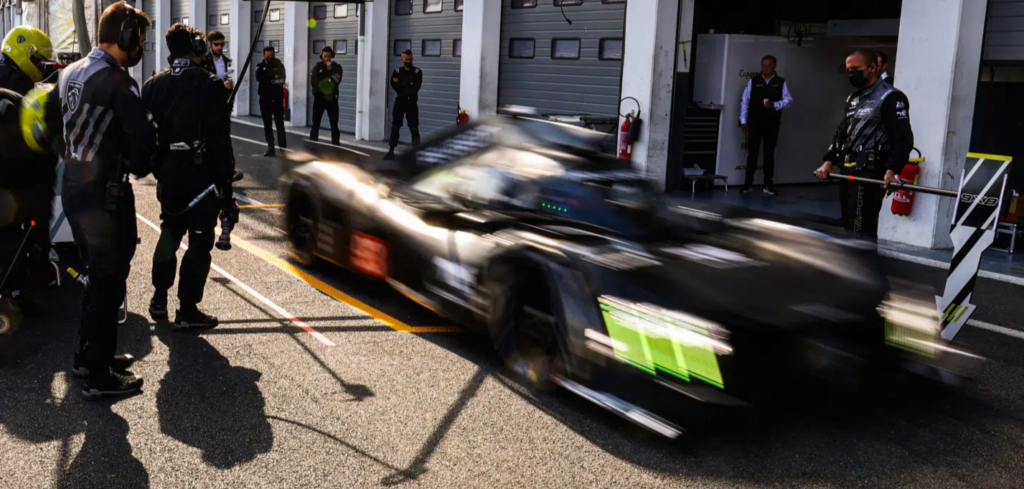Peugeot Sport has detailed how, before taking to the track for its pre-homologation test sessions, the 9X8 hybrid hypercar began life as a 51.1GB digital project, made up of 15,267 files stored on a hard drive.
Peugeot Sport’s teams spent two years modeling and simulating the car, utilizing existing software – adapted where necessary to suit the project’s specific requirements – as well as programs developed entirely in-house from scratch. “One of our strengths is being able to create the tools ourselves to shape the design of the components that we need,” explained François Coudrain, powertrain director of Peugeot Sport’s WEC program.
Several dozen people were involved in the Peugeot 9X8 digital project, from computer engineers to performance and race engineers. Their task began by reading and rereading the technical regulations to establish what they were allowed to do, before establishing a design brief to formalize performance objectives and requirements as a function of the regulations. From that point, initial concepts for the car could be devised.
The team highlighted that irrespective of how good it is, digital technology can never completely replace human creativity, and that a program like the 9X8 is first and foremost a human endeavor. To this end, the most promising digital concepts were saved, before their relative merits were evaluated by the engineering team to ultimately decide on just one.
“Thanks to all of our software, we can envisage a wide range of dimensions, shapes and materials, and work on the weight of the car in-line with the technical regulations,” noted Coudrain. “As with the choice of base concept, being able to take a purely digital approach to trialing systems and components allows us to assess a large number of potential solutions, which would quite simply be impossible to achieve in the real world. Before taking to the circuit, our hypercar was for a long time a project stored on a hard drive. Every single one of the 15,267 files represented one of its parts.
“There is one other thing that should also be noted: digital technology and the caliber of our simulation tools enabled us to gauge the interaction between different components and systems, meaning we were already familiar with the theoretical performance and behavior of the car before testing it for real. The physical validation phase of the project did not begin until much later, when we finally put the car on the track.”
Where digital tools came into their own was in calculating dimensions and simulating the behavior of essential components. As a case in point, while the Peugeot 9X8 incorporates three distinct electrical systems (900V battery, plus 48V and 12V components), simulation allowed its engineers to fully understand its electromagnetic environment and work on the optimal dimensions for its wiring harnesses.
To minimize the risk of interference, it was necessary to ensure good correlation between the physical components and their virtual counterparts. For example, it was established that it was better to use smaller wiring harnesses for the 48V system than in 12V, which simultaneously saved space and weight while improving the compatibility between the physical harnesses and the onboard control units. The team was also able to model and validate the performance of a range of off-the-shelf components, including 48V drone motors.


